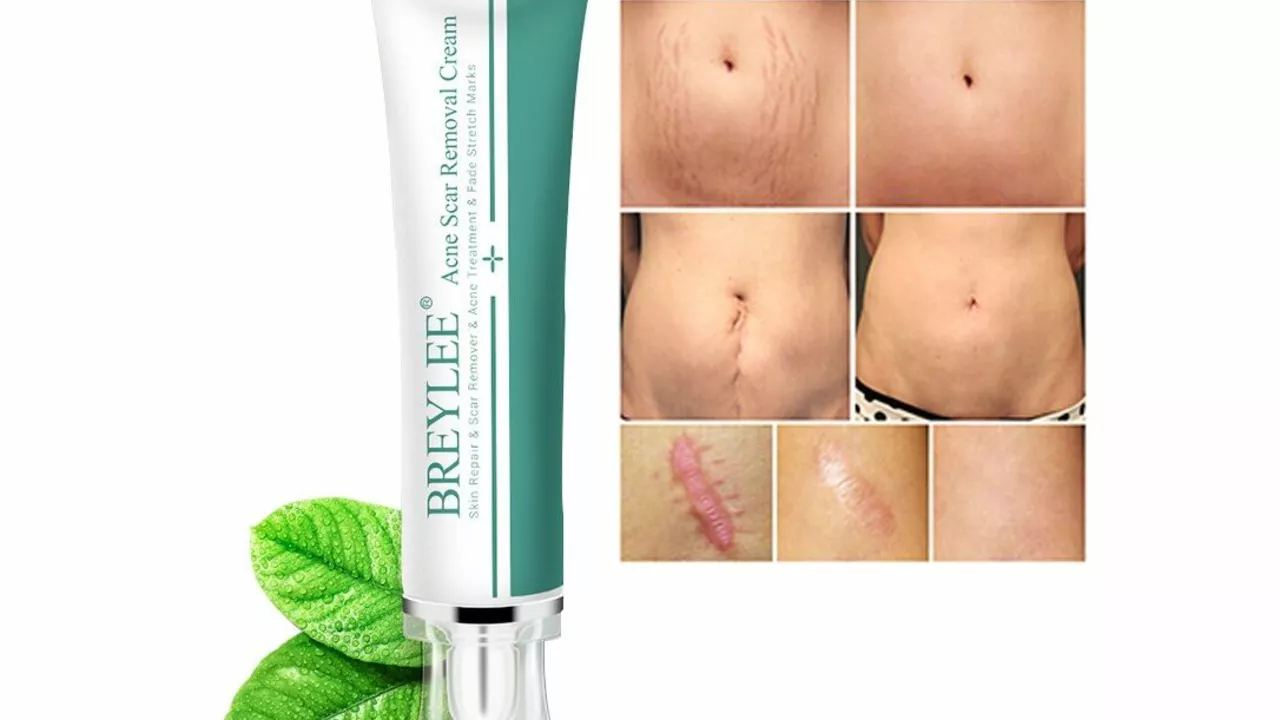Acne Treatment: Simple Ways to Clear Your Skin
If you’re tired of waking up to new pimples, you’re not alone. Most people fight breakouts at some point, but the good news is you can keep them under control without expensive prescriptions.
Everyday habits that help
The first step isn’t a fancy product—it’s what you do every day. Wash your face twice with a gentle cleanser; don’t scrub hard because that only irritates skin and spreads bacteria. After washing, pat dry with a clean towel and apply a lightweight, oil‑free moisturizer. Even oily skin needs hydration.
Diet matters too. Cutting back on sugary drinks and processed snacks can lower inflammation, which often shows up as acne. Try swapping soda for water or green tea, and add more fruits, veggies, and whole grains to your meals.
Stress is a hidden trigger. When you’re stressed, your body releases hormones that increase oil production. Simple stress‑busting habits—like a short walk, breathing exercises, or listening to music—can keep breakouts at bay.
Top over‑the‑counter options
When daily habits aren’t enough, OTC treatments step in. Benzoyl peroxide (2‑5%) kills the bacteria that cause pimples and helps unclog pores. Apply it only to affected spots; start with a low concentration to avoid dryness.
Salicylic acid is another favorite. It’s a beta‑hydroxy acid that dissolves dead skin cells, preventing them from blocking pores. Look for cleansers or spot treatments with 0.5‑2% salicylic acid and use them after your regular wash.
If you have oily skin, try a light retinoid cream. Retinoids speed up cell turnover, which reduces the chance of clogged pores. Start with a pea‑size amount at night and gradually increase use as your skin gets used to it.
Don’t forget sunscreen. Many acne products make skin more sensitive to sunlight, so pick a non‑comedogenic SPF 30 or higher. It protects against sun damage and prevents dark spots after a breakout heals.
Finally, keep your phone screen, pillowcases, and anything that touches your face clean. Bacteria on these surfaces can jump onto your skin and spark new pimples.
By combining good habits with the right OTC products, you’ll see fewer breakouts and smoother skin in weeks, not months. Stick to a routine, stay patient, and give each step a few days to work before adding something new.

Can ketoconazole be used for acne treatment?
In my journey to explore potential acne treatments, I stumbled upon ketoconazole, typically used as an antifungal medication. While it's not directly intended for acne treatment, some research suggests it may help by eliminating fungus that could potentially lead to skin issues. However, it's important to remember that acne is often caused by bacteria, not fungus. So, while ketoconazole might help in some specific cases, it isn't a universal acne solution. Always consult with a dermatologist before attempting new treatments.
Read More